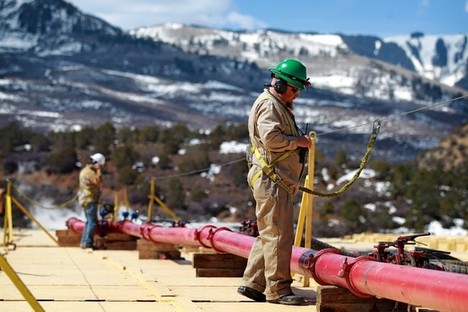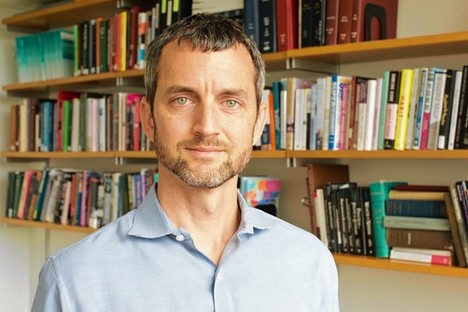Schumpeter wrote that the entrepreneur is the one who overcomes obstacles to get the job done (1950, p. 132). Obstacles come in many forms. One of them is consumer resistance to change. So one key contributor to the technological progress is the “entrepreneurial consumer” who is willing to invest in new, buggy, possibly dangerous technologies at an early stage. (Paul Nodskov, a student in my spring 2014 Economics of Technology seminar suggested using the phrase “entrepreneurial consumer.”)
Alexis de Tocqueville observed that in contrast to Europeans, Americans were “restless in the midst of their prosperity” (2000 [first published 1835], Ch. 13). Perhaps even that early, America had more entrepreneurial consumers?
(p. 131) Morgan prized being ahead of everyone else, and the next year was concerned that his plant was already less than state of the art, a suspicion that was confirmed when he persuaded Edison to send Edward Johnson to the house for an evaluation. Johnson was instructed to upgrade the equipment and also to devise a way to provide an electric light that would sit on Morgan’s desk in his library. At a time when the very concept of an electrical outlet and detachable electrical appliances had yet to appear, this posed a significant challenge. Johnson’s solution was to run wires beneath the floor to metal plates that were installed in different places beneath the rugs. One of the legs of the desk was equipped with sharp metal prongs, designed to make contact with one of the plates when moved about the room.
In conception, it was clever; in implementation, it fell short of ideal. On the first evening when the light was turned on, there was a flash, followed by a fire that quickly engulfed the desk and spread across the rug before being put out. When Johnson was summoned to the house the next morning, he was shown into the library, where charred debris was piled in a heap. He expected that when Morgan appeared, he would angrily announce that the services of Edison Electric were no longer needed.
(p. 132) “Well?” Morgan stood in the doorway, with Mrs. Morgan standing behind him, signaling Johnson with a finger across her lips not to launch into elaborate explanations. Johnson cast a doleful eye at the disaster in the room and remained silent.
“Well, what are you going to do about it?” Morgan asked. Johnson said the fault was his own and that he would personally reinstall everything, ensuring that it would be done properly.
“All right. See that you do.” Morgan turned and left. The eager purchaser of first-generation technology handled setbacks with equanimity. “I hope that the Edison Company appreciates the value of my house as an experimental station,” he would later say. A new installation with second-generation equipment worked well, and Morgan held a reception for four hundred guests to show off his electric lights. The event led some guests to place their own orders for similar installations. Morgan also donated entire systems to St. George’s Church and to a private school, dispatching Johnson to oversee the installation as a surprise to the headmistress. The family biographer compared Morgan’s gifts of electrical power plants to his sending friends baskets of choice fruit.
Source:
Stross, Randall E. The Wizard of Menlo Park: How Thomas Alva Edison Invented the Modern World. New York: Crown Publishers, 2007.
Schumpeter’s book is:
Schumpeter, Joseph A. Capitalism, Socialism and Democracy. 3rd ed. New York: Harper and Row, 1950.
The other book I mention, is:
de Tocqueville, Alexis. Democracy in America. Chicago: University of Chicago Press, 2000 [first published in two volumes in 1835 and 1840].





